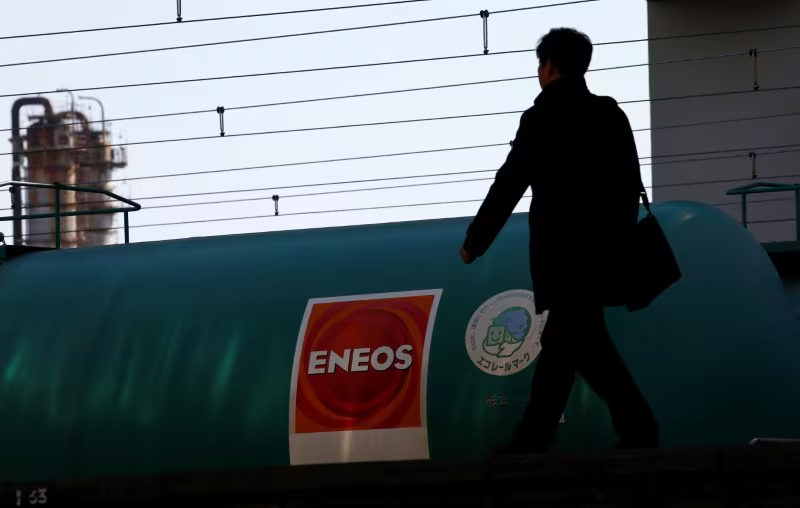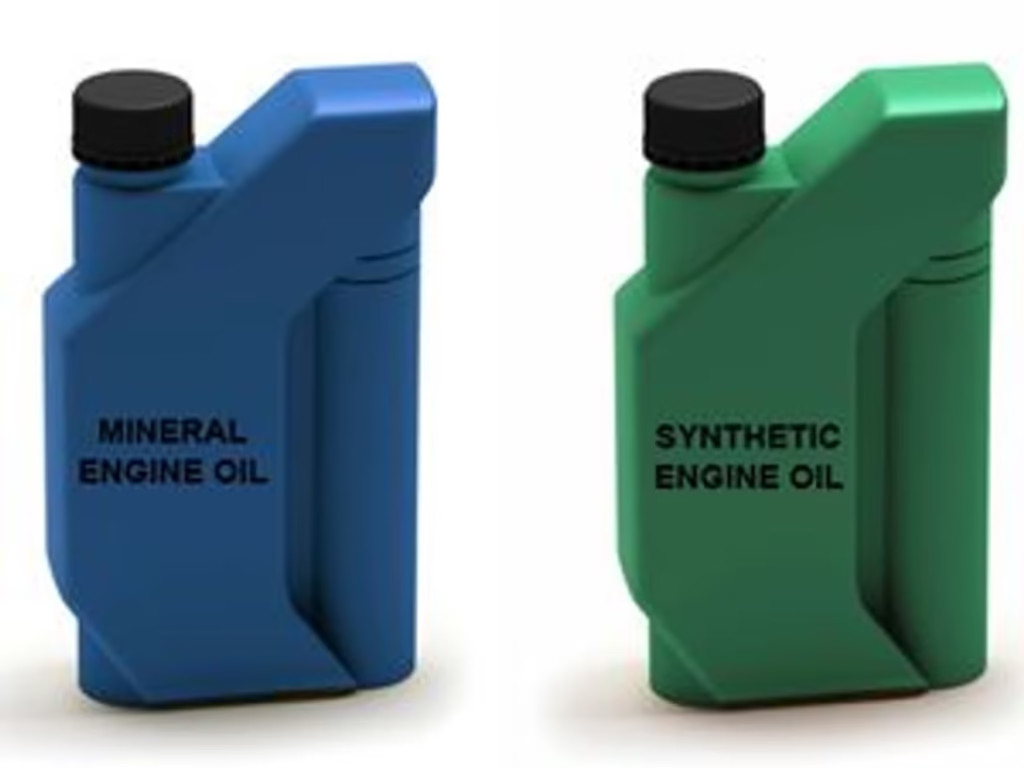Japan’s largest oil refiner, ENEOS Corporation, has announced a big change in its operations, closing Yokohama lubricant production to drive innovation — the company will stop producing lubricants at its Yokohama plant by March 2028.
This decision is part of ENEOS’s plan to streamline its supply chain, cut costs, and stay competitive in today’s fast-changing market. The Yokohama facility has been a key part of ENEOS’s business for more than 100 years, producing engine oils, greases, and industrial lubricants for domestic and global customers.
So, why is ENEOS shutting down such an important plant? And what does this mean for the lubricant industry in Japan and worldwide? Let’s break it down in simple terms.
A Century-Old Plant Nearing Its Last Chapter
The Yokohama plant, established in 1922, has been one of Japan’s leading lubricant production facilities. It produces over 120,000 kilolitres of lubricants every year and thousands of tons of grease, supplying everything from automotive engine oil to industrial cutting fluids.
But times are changing. Running a massive plant like this has become expensive, and Japan’s demand for lubricants is slowly going down. Rather than keep an old facility running at high cost, ENEOS is shifting production to other, more efficient plants.

Why ENEOS is Halting Production
1. Declining Domestic Demand
Japan’s population is aging, car ownership is dropping, and industries are becoming more efficient. Modern engines and machines need less lubricant and have longer oil change intervals, which means lower demand overall.
2. Stronger Global Competition
ENEOS faces heavy competition from other Asian manufacturers who produce lubricants at lower costs. To stay competitive, ENEOS is focusing on making operations leaner and more efficient.
3. Strategic Restructuring
Under its Medium-Term Management Plan, ENEOS is reorganizing its supply network to cut costs and improve profitability. Shutting down Yokohama’s lubricant production is part of that plan.
4. Sustainability Goals
ENEOS is investing in eco-friendly lubricants and new technologies like its GX Series, made from 100% biomass-based base oils. Closing older facilities helps the company focus on modern, greener production elsewhere.
Timeline of the Shutdown
ENEOS will not shut down overnight ( read ). The plan is gradual:
- 2026: Start reducing lubricant production at Yokohama.
- 2027: Slowly relocate production to other ENEOS facilities.
- March 2028: Complete shutdown of lubricant production at Yokohama.
This phased approach will help ENEOS keep its supply chain running smoothly while preparing its other plants to handle production.
What About Grease Production?
ENEOS also makes grease at the Yokohama plant — used in industrial machinery, automotive parts, and construction equipment. The company has not yet confirmed whether grease production will also stop, but it is under review.
Impact on People and Businesses
For employees, ENEOS is expected to offer relocation opportunities or reassignments to other plants. This will help avoid major job losses.
For local businesses in Yokohama, the closure might bring some economic slowdown, but because it is a gradual process, the impact may be easier to manage.

Will Customers Be Affected?
According to ENEOS, customers should not face supply issues. The company will simply move production to other facilities and keep providing the same high-quality engine oils, industrial lubricants, and specialty fluids.
This move might even improve efficiency, helping ENEOS deliver better prices, faster supply, and more innovation in the future.
Bigger Picture: The Global Lubricant Market
ENEOS’s decision is not an isolated case. The entire global lubricants industry is going through change:
- EV Growth: Electric vehicles require less engine oil, reducing demand for traditional lubricants.
- Eco-Friendly Products: Companies are investing in bio-based lubricants to meet environmental regulations.
- Efficiency: Production is being consolidated into fewer but more advanced facilities worldwide.
ENEOS is ahead of the curve with its focus on green lubricants, recycling technologies, and low-carbon production.
RBM Oil Corporation’s Perspective
At RBM Oil Corporation, we closely follow such developments in the global lubricants industry because they directly impact customer demand and innovation trends. Our mission has always been to deliver high-performance lubricants, greases, and cutting oils that meet the latest industry standards.
ENEOS’s decision shows that the market is moving toward sustainability, efficiency, and innovation — values we also prioritize at RBM. We are investing in advanced formulations, building strong partnerships with suppliers, and offering eco-friendly solutions that help our customers reduce maintenance costs and achieve better performance.
As global players like ENEOS restructure, we remain committed to supporting industries across automotive, manufacturing, and heavy machinery with consistent quality and reliable supply.

ENEOS’s Future Plans
Even as Yokohama shuts down, ENEOS is not scaling back its business — it is modernizing. The company is working on:
- Expanding premium lubricants for hybrid and electric vehicles
- Developing sustainable base oils from recycled resources
- Increasing its presence in growing Asian markets
- Supporting carbon-neutral goals with eco-friendly products
Conclusion
The upcoming shutdown of Yokohama lubricant production by March 2028 is a major milestone for ENEOS. While it marks the end of a historic chapter, it is also a strategic move to stay competitive and future-ready.
For customers and partners, this means business as usual — but with a stronger focus on innovation, sustainability, and reliability. For the global lubricant industry, it is another sign that companies must adapt to changing demand, new technologies, and environmental priorities.
ENEOS remains committed to being a leader in the market, providing high-performance engine oils, greases, and industrial lubricants that meet the needs of a changing world.













